Are Supplies a Current Asset? How to Classify Office Supplies on Financial Statements
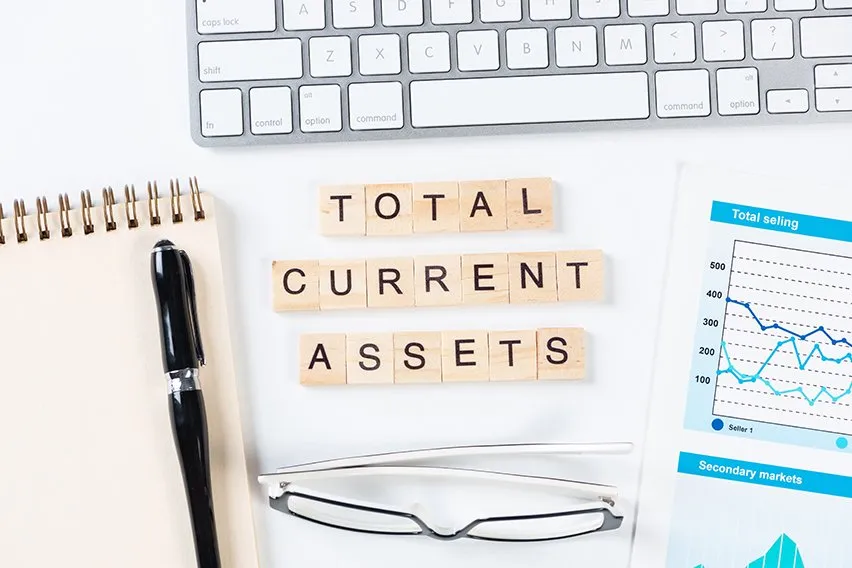
In general, supplies are considered a current asset until the point at which they’re used. Once supplies are used, they are converted to an expense. Supplies can be considered a current asset if their dollar value is significant. If the cost is significant, small businesses can record the amount of unused supplies on their balance sheet in the asset account under Supplies. The business would then record the supplies used during the accounting period on the income statement as Supplies Expense.
Explore these topics to find out how to report supplies on your financial statements:
What Is the Difference Between Supplies and Inventory?

Are Supplies an Expense?
Supplies become expenses once a business uses them. However, there’s another case in which a company can treat supplies as an expense instead of as current assets. If the value of the supplies is not considered significant and as a result would not make an impact on the business’s financial reports, the business can instead debit the Supplies Expense account at the time of purchase. By doing so, the supplies are considered an expense immediately from the time of purchase. Companies can do this, even though it goes against accounting standards, because of an accounting principle known as materiality.
What is Materiality?
Materiality is an accounting principle stating that an accounting standard can be ignored if doing so has an insignificant impact on the business’s financial statements, and therefore doesn’t mislead anyone reviewing the business’s financial reporting. Under the generally accepted accounting principles, you do not have to follow an accounting standard if an item is immaterial.
According to guidelines set by the U.S. Securities and Exchange Commission in 1999, any item representing five percent or more of a business’s total assets should be deemed material and listed separately on its balance sheet. So, in the case of supplies, if the value of the supplies is significant enough to total at least five percent of your total assets, you should report it as a current asset on your balance sheet.
That being said, there is no hard rule about when an item should be considered immaterial, so you have to use your judgement to determine that. Items that account for less than five percent of your total assets can still be considered material. For example, if a low-value item would nonetheless change a net profit to a net loss, that item should be considered material, no matter how insignificant its value may be.

Are Supplies Credit or Debit?
In the world of double-entry bookkeeping, every financial transaction affects at least two accounts. In the case of office supplies, if the supplies purchased are insignificant and don’t need to be classified as a current asset, you can simply debit the supplies as an expense to your Office Supplies account. You would then credit your Cash account if you paid for the supplies in cash.
What Is the Difference Between Supplies and Inventory?
Supplies are the items a company uses to run its business and drive revenue, whereas inventory refers to items the business has made or purchased to sell to customers. It’s important that you classify supplies and inventory correctly, because their classification has tax implications.
Your business has to pay sales tax on supplies, but you don’t have to pay sales tax on inventory. That’s because goods are typically only taxed once, at the retail level. So, in the case of inventory, the items will be taxed when you sell them to your customers. But when you purchase supplies for your business, such as pens, paper or printer toner, you’re the end consumer and as a result, you have to pay sales tax on the supplies.
RELATED ARTICLES

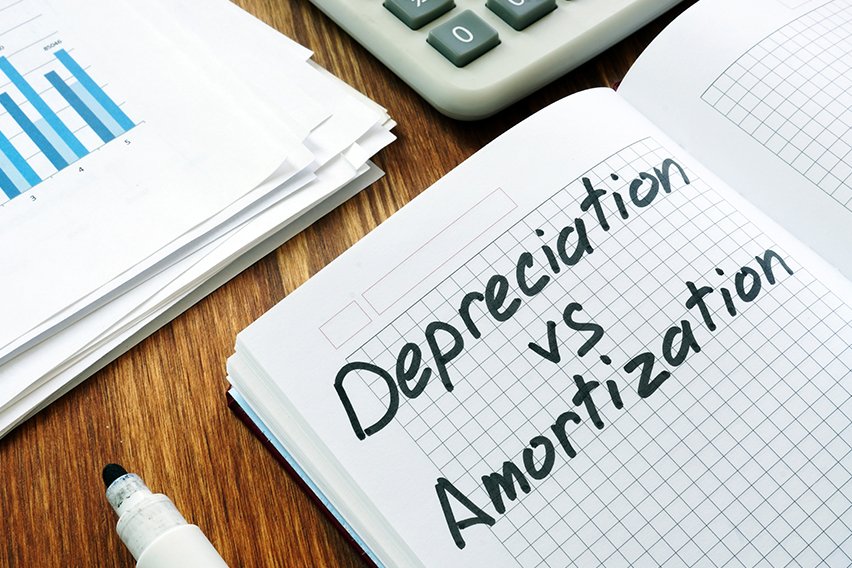 What Is the Difference Between Depreciation and Amortization?
What Is the Difference Between Depreciation and Amortization?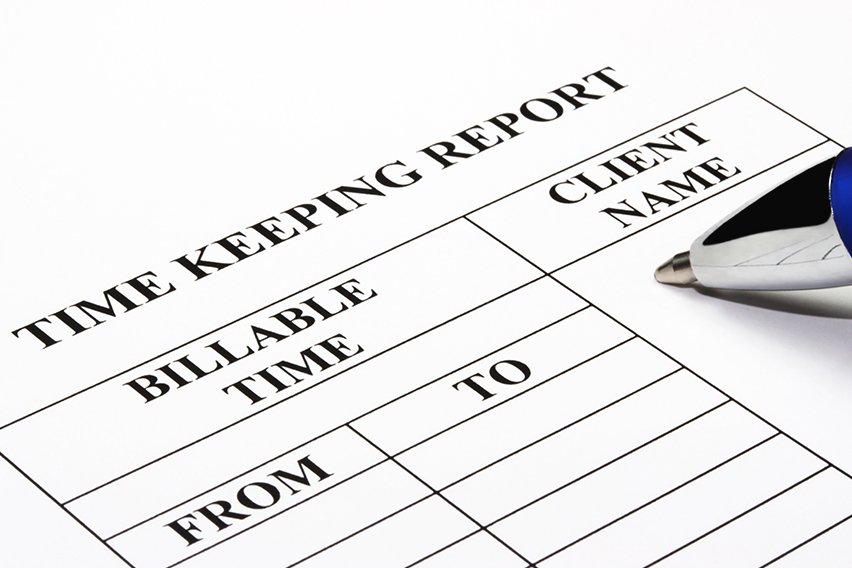 What Are Bills Payable? A Guide To Accounts Payable Entries For Small Businesses
What Are Bills Payable? A Guide To Accounts Payable Entries For Small Businesses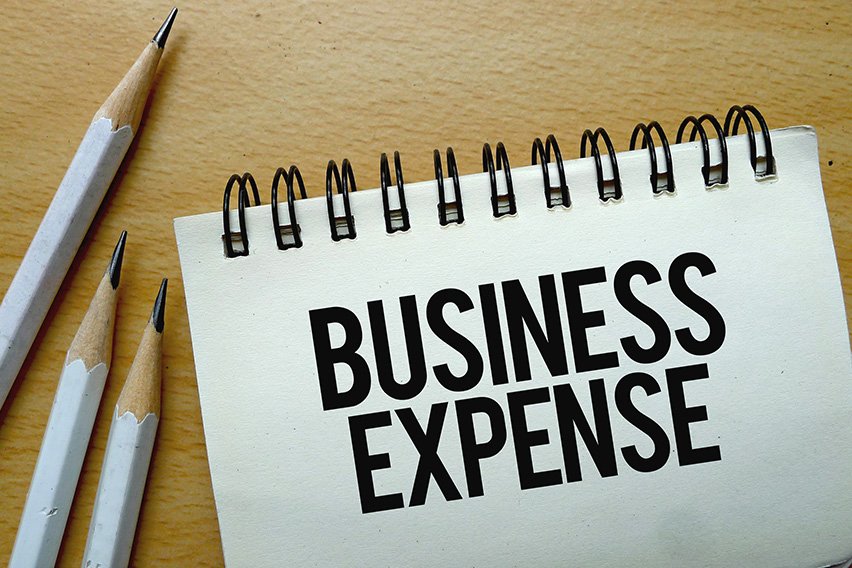 Business Expenses: Definition with Examples
Business Expenses: Definition with Examples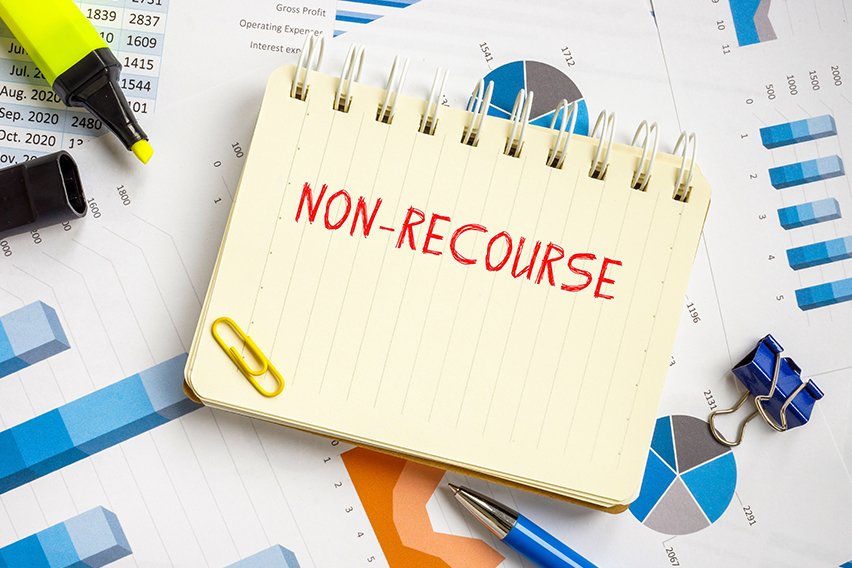 What Is Recourse Debt? Understanding Small Business Loan Types
What Is Recourse Debt? Understanding Small Business Loan Types What Is Actual Cost?
What Is Actual Cost? How To Open A Business Bank Account in 6 Easy Steps
How To Open A Business Bank Account in 6 Easy Steps